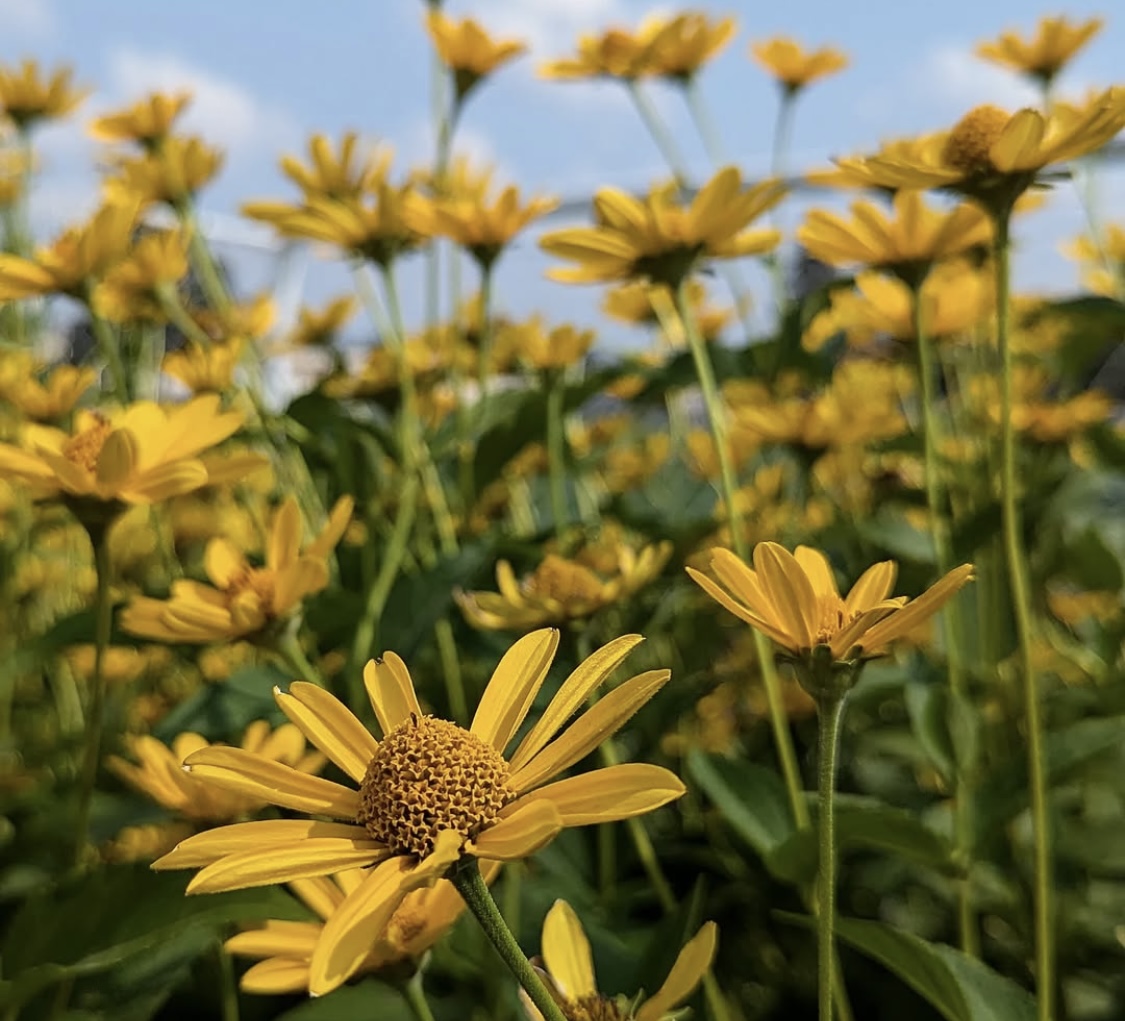Isle of Wight deliveries & Collections only

Heliopsis scabra 'Summer Sun'
£4.00
Out of stock
🌿 Heliopsis scabra 'Summer Sun' (False Sunflower)
Heliopsis 'Summer Sun' is a tall, upright perennial that brings rich golden-yellow blooms to the garden from midsummer well into autumn. Its sunflower-like flowers, held on strong stems above toothed, deep green foliage, add a glowing presence to sunny borders and wild-style plantings. Long-lasting, bee-friendly, and excellent for cutting, it’s a cheerful and robust plant that keeps delivering colour long after many others fade.
Specifications:
Height: 90–120cm
Spread: 45–60cm
Flowering: July to September ☀️🍂
Position: Full sun
Soil: Well-drained; prefers fertile loam but adapts to chalky and sandy soils
🌿 Note for Isle of Wight planting:
Heliopsis 'Summer Sun' is well suited to the Isle’s bright, dry summers and benefits from a position in full sun. On the island’s lighter soils, add compost when planting to support strong growth. Its tough stems withstand coastal breezes, making it ideal for exposed gardens with a bold, naturalistic feel.
🌿 Ideal Companion Plants for Heliopsis 'Summer Sun'
1. Salvia 'Phyllis Fancy'
The tall, airy spires of Salvia bring soft violet-blue tones that cool and contrast against Heliopsis' golden blooms.
2. Pennisetum orientale 'Flamingo'
This ornamental grass adds soft texture and movement, breaking up the solid yellow with fine, feathery plumes.
3. Verbena bonariensis
Its see-through stems and floating purple flowers offer an elegant contrast in both form and colour.
4. Achillea millefolium 'Terracotta'
Together, their warm tones create a rich, cohesive border with a sunset-inspired palette.
5. Gaura lindheimeri 'The Bride'
The white, fluttering flowers of Gaura weave through the bold yellow of Heliopsis, adding a lightness and softness to the composition.
🌟 The Green Standard Tip:
Heliopsis makes an ideal focal point in wildlife gardens and is especially valuable in drought-resilient planting schemes. Cut back stems in late autumn or leave for seedheads that support birds and winter structure.
